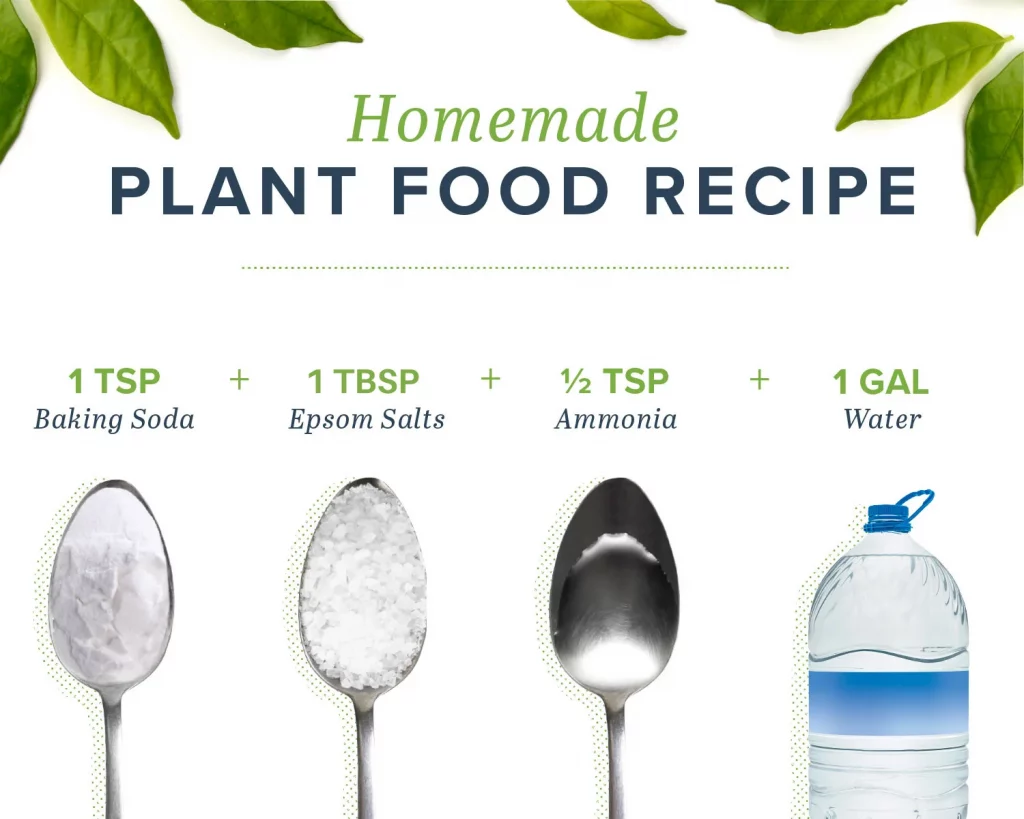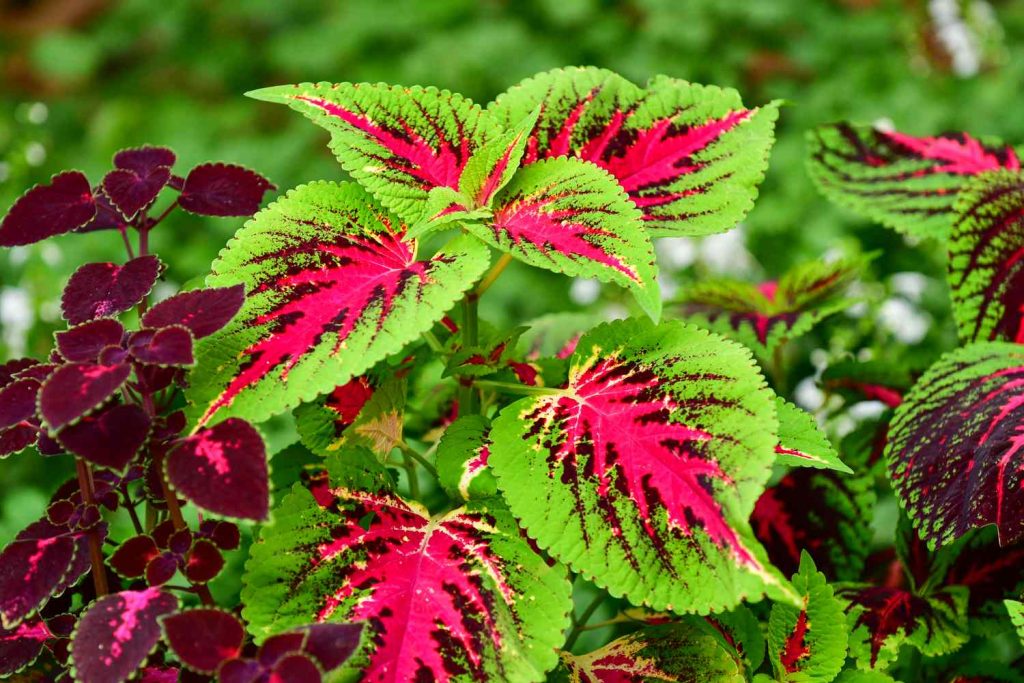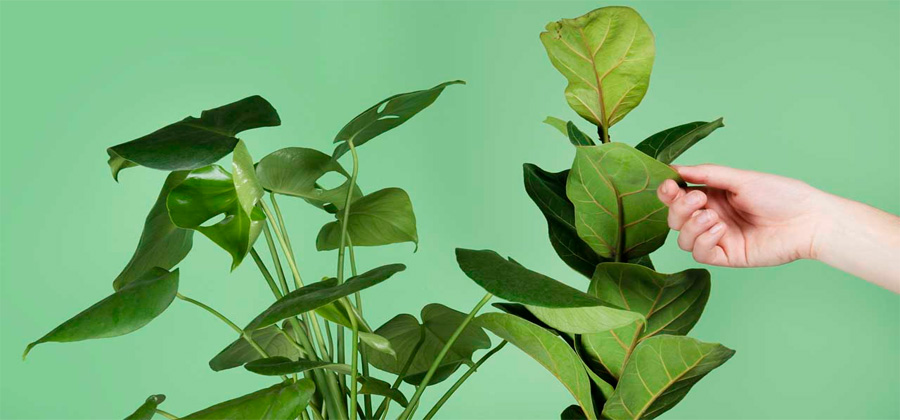Did you know plants can get hangry too? A “hangry” (hungry and angry) plant can start to die because it lacks the proper nutrients it needs to live. Plants use the nutrients in the soil to feed themselves and stay healthy. Over time, the plant’s soil eventually needs plant food to replenish the depleted nutrients.
Store-bought plant food can vary in price and tends to have filler ingredients and chemicals that aren’t the best for you or your plants. Homemade plant food is an easy and inexpensive way to feed your potted plants without accidentally harming your houseplants or breaking the bank.
Lots of common household items have the properties needed to replenish the nutrients in your plant’s soil, so you can create natural plant food in the comfort of your own home. We identified a few remedies to try out to create your own DIY plant food.
What Does My Plant Need?
The chemical elements in household items are important to keep in mind. The most important elements are nitrogen, phosphorus and potassium. These elements are in store bought plant and measured by the “NPK” balance with each letter referring to its symbol on the periodic table (“N” referring to nitrogen, “P” referring to phosphorous and “K” referring to potassium). Each element helps productivity in different processes in the plant. Some other important elements to keep in mind include magnesium and calcium. Test a small portion of your plant soil first to make sure it will not harm any plants.
Now that you know all the important elements your plants need to survive it’s time to put them to the test by creating your own homemade plant food recipe.
Homemade Plant Food Recipe?

Ingredients:
1 teaspoon baking soda
1 tablespoon epsom salts
½ teaspoon of ammonia
1 gallon of water
An old plastic milk jug serves as a good container for this recipe. Add all of these ingredients to your container and let it sit for about half an hour. This gives your solid ingredients time to dissolve.
Add plant food directly to the soil so that the plant’s roots can best absorb the nutrients. Start by lightly topping your soil once a month and adjust how often you feed your plants based on how they respond.
Pro Tip: Label your container and store away from curious pets and kids!
Helpful Plant Hacks
Homemade plant food is ideally used for outdoor plants since smells and ease of application can vary. Adding plant food to potted plants can also be a little messy, so be extra careful when adding homemade plant food to your indoor plants.
Keep in mind that some ingredients, like ammonia, can be unpleasant to your eyes or nose, so double-check your ingredients and recipes before you start adding them to your plants! Most items can be purchased at your local grocery store if you don’t already have them around your home.
The most accurate way to detect nutrient deficiency in your soil is to get the soil tested. Many at-home soil testing kits can be bought at your local gardening or hardware store, but keep in mind that most of these tests are analyzing pH levels. If you want to test deficiency for a specific element (nitrogen, for example), you’ll want to contact a Cooperative Extensions Service (CSREES) or a local commercial soil laboratory. This can either come with a small fee or no fee depending on where you live.

Now that you’ve learned a few ways to feed your hungry plants, keep a close eye on them in the following weeks to see how they respond to their new food. Adjust how often and how much you feed your plant based on how they react. If your plants start to perk up, you can afford to feed them a little more and see if it helps its growth. You can also try picking up a new plant or two if you want to continue filling your home with greenery. If you’re interested in learning more about plant care or need help deciding which plants are right for your home, take a look at our guide to the best houseplants for every room in your home.




